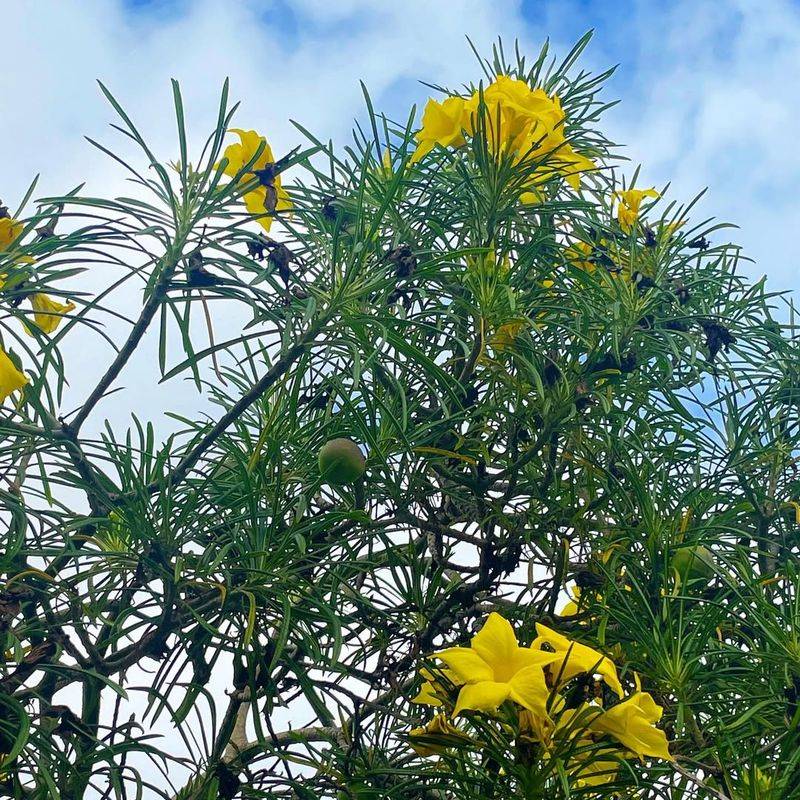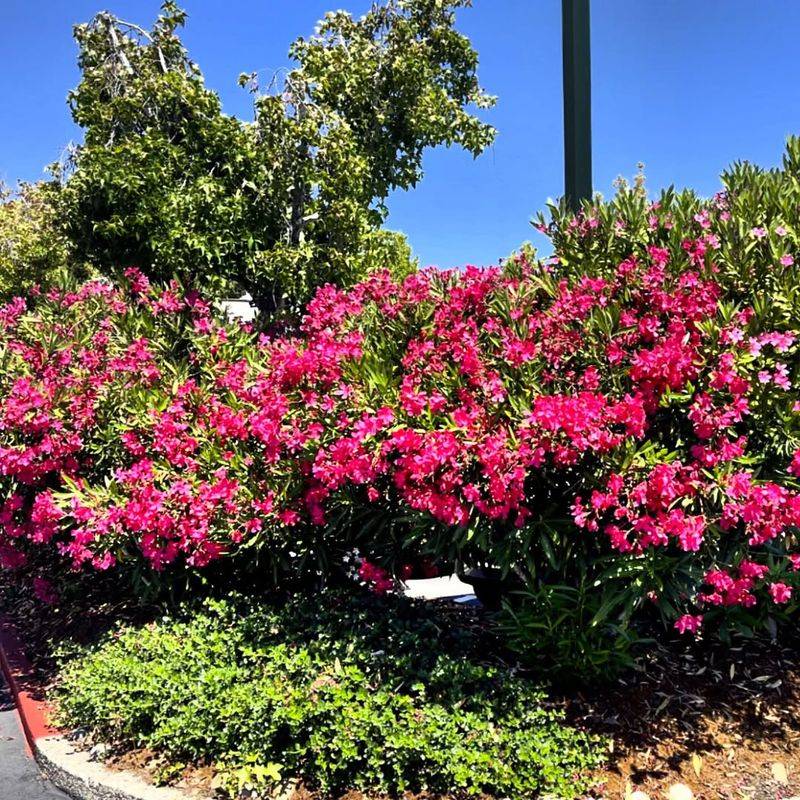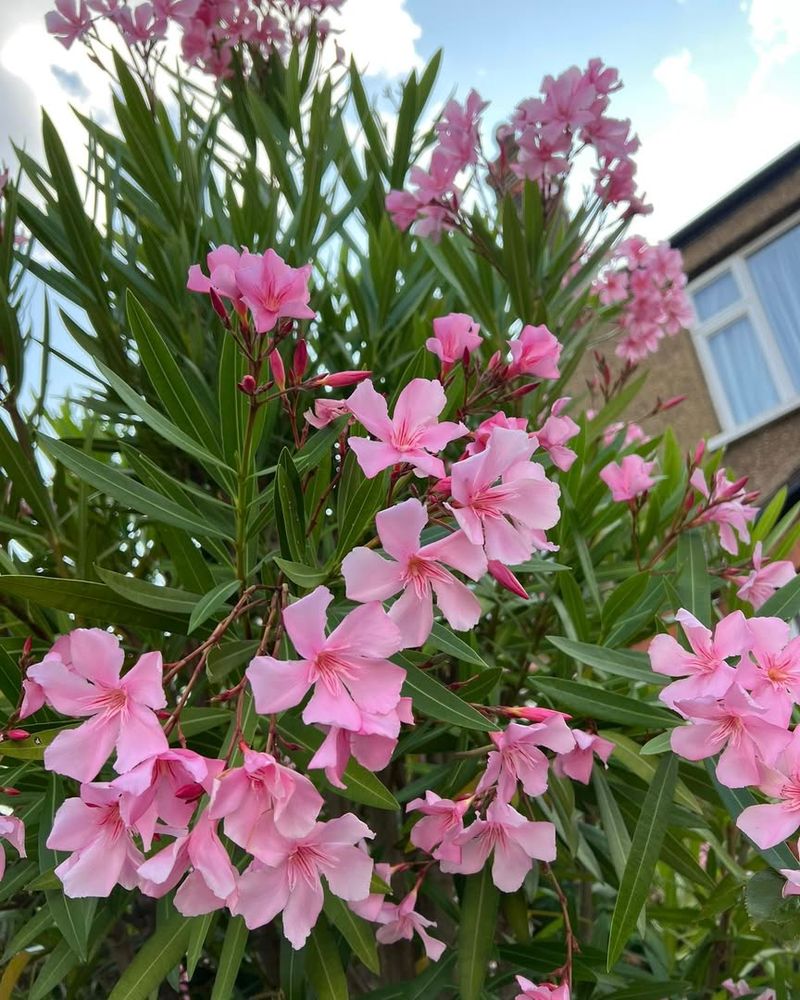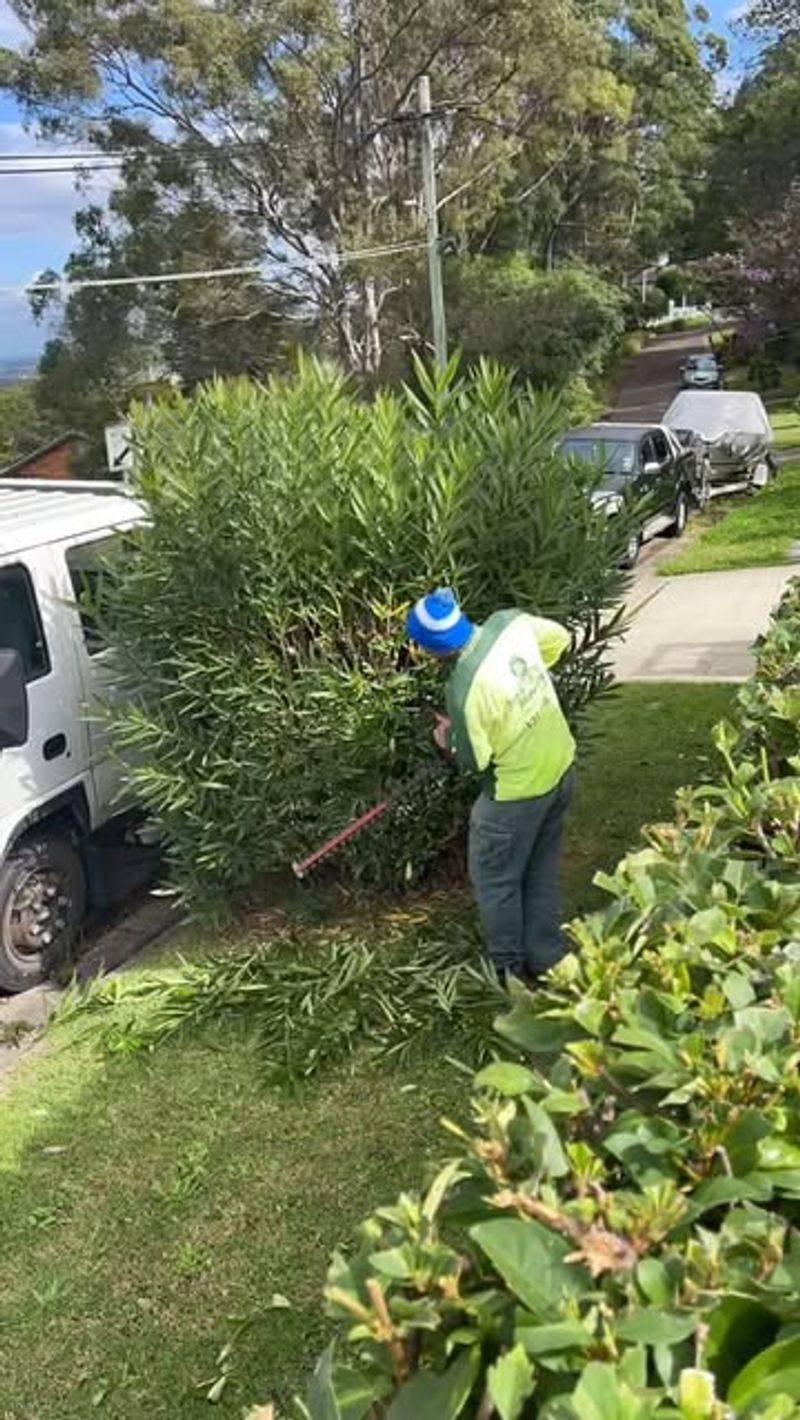You might have spotted a beautiful shrub with bright pink, white, or red flowers growing in yards around your neighborhood.
While oleander looks attractive and grows easily in warm climates, this plant hides a dangerous secret. Every part of this common ornamental shrub contains powerful toxins that can harm people and pets, making it one of the most dangerous plants found in California landscapes.
Every Single Part Contains Lethal Poison
Oleander ranks among nature’s most toxic plants because danger lurks in its leaves, stems, flowers, seeds, and even the sap. Cardiac glycosides inside the plant can stop your heart if ingested in large amounts.
Just chewing on a single leaf could make someone seriously ill. Even burning oleander branches releases toxic smoke that irritates lungs and eyes.
Gardeners should wear gloves when trimming these shrubs and wash hands thoroughly afterward to avoid accidental exposure.
Pets Face Serious Risks From Oleander Exposure
Dogs and cats often explore yards by sniffing, chewing, and tasting plants they encounter. Unfortunately, oleander proves extremely dangerous for curious pets who nibble on its leaves or flowers.
Symptoms in animals include drooling, vomiting, abnormal heart rhythms, and weakness. Without immediate veterinary care, pets can be seriously injured within hours of eating oleander.
Keep your furry friends away from these shrubs and contact your vet immediately if you suspect oleander poisoning.
California’s Climate Makes Oleander Thrive
Warm temperatures, mild winters, and drought conditions create perfect growing conditions for oleander throughout California. This Mediterranean native loves hot, dry climates and requires minimal water once established.
Landscapers frequently choose oleander for highways, parks, and residential areas because it survives with little maintenance. The shrub’s hardiness explains why it appears everywhere from San Diego to Sacramento.
Climate suitability has made oleander one of California’s most common ornamental plants despite its toxicity.
Children Are Especially Vulnerable To Poisoning
Young kids naturally explore their surroundings by touching and tasting things they find interesting. Oleander’s bright, attractive flowers might tempt a curious toddler to pick or taste them.
Because children weigh less than adults, smaller amounts of toxin can cause severe reactions. Parents should teach kids never to put any plant parts in their mouths.
If your child touches or eats oleander, call Poison Control immediately at 1-800-222-1222 for guidance on emergency treatment.
Symptoms Appear Quickly After Contact Or Ingestion
Oleander poisoning doesn’t wait long to show itself. Within minutes to a few hours, victims experience nausea, vomiting, dizziness, and stomach pain.
More serious cases involve irregular heartbeats, confusion, seizures, and difficulty breathing. The cardiac glycosides interfere with electrical signals in the heart, potentially causing fatal arrhythmias.
Anyone showing these symptoms after oleander exposure needs emergency medical attention right away. Quick treatment can mean the difference between recovery and tragedy.
No Antidote Exists For Oleander Poisoning
Unlike some toxins that have specific antidotes, oleander poisoning requires supportive care to keep patients alive while the poison leaves their system. Doctors focus on stabilizing heart rhythms and managing symptoms.
Treatment might include activated charcoal to absorb toxins, IV fluids, medications for heart problems, and constant monitoring. Recovery depends on how much poison entered the body.
Prevention remains the best medicine since medical teams cannot simply reverse oleander’s toxic effects with a single cure.
Safer Alternatives Can Replace Oleander In Yards
Homeowners concerned about safety can choose beautiful, non-toxic shrubs that offer similar benefits without the danger. California lilac, rockrose, and toyon provide colorful flowers and drought tolerance.
These native plants support local wildlife while keeping families and pets safe from poisoning risks. Landscape designers increasingly recommend these alternatives for family-friendly gardens.
Replacing oleander might require some effort, but peace of mind makes the project worthwhile for households with children or animals.
Proper Removal Requires Careful Handling
Deciding to remove oleander from your property means taking precautions during the entire process. Wear long sleeves, pants, gloves, and eye protection to prevent skin contact with sap.
Never burn oleander debris, as toxic smoke spreads poison through the air. Instead, bag the plant material securely and dispose of it according to local hazardous waste guidelines.
Consider hiring professional landscapers experienced with toxic plant removal to ensure safe, complete elimination from your yard.









